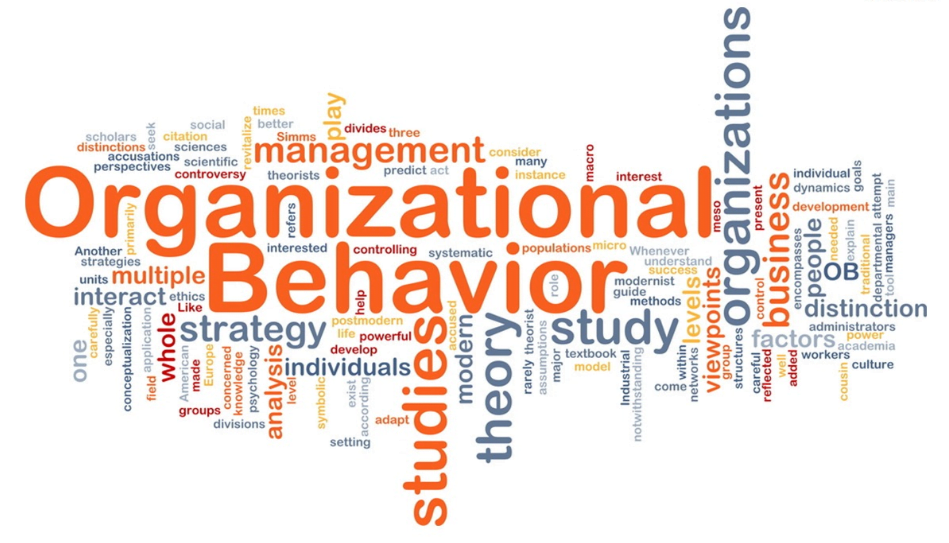
Orgnizational behavior (OB) is defined as the systematic study and application of knowledge about how individuals and groups act within the organizations where they work.
According to K Aswathappa, “OB is the study of human behaviour in organisational setting, of the interface between human behaviour and organisation and of the organisation itself.” OB draws from other disciplines to create a unique field.
The significance of studying OB is increasing day-by-day due to dynamic business environment. Now-a-days, numerous changes are taking place in the global, industrial, and organizational setups. These changes have brought numerous challenges for OB.There are differents Challenges Faced by Organizational Behavior which are;
- Globalization
Implies that no organization can work effectively in isolation and has to comply with the global factors that have an impact on it. Globalization poses numerous challenges in front of an organization. At the individual level, an employee may require to work on foreign assignments or collaborate with people from different cultures.
At the group level, problems may arise in decision-making procedures and while working in teams that include people of different cultural backgrounds. At the organizational level, problems may arise in case of mergers or acquisitions due to vast cultural differences.
- Management of Workforce Diversity;
Refers to the need of numerous conflict resolution techniques and problem- solving approaches to deal with diverse workforce. It is difficult to manage the employees belonging to different cultural backgrounds, due to differences in their values, beliefs, attitudes, and behaviors. A proper management of workforce diversity can have numerous positive results, such as the availability of fresh ideas and talents.
- Improvement in Quality and Productivity:
Refers to matching the desired levels of quality and productivity with the ever-changing demands. Management guru Tom Peter says, “Almost all quality improvement comes via simplification of design, manufacturing, layout, processes, and procedures.” Now-a-days, a number of programs, such as process reengineering and quality management are being implemented to bring improvement in productivity.
- Improvement in People Skills:
Implies that it is the necessity of time to improve and upgrade the skills of employees from time to time. The change in business, political, and technological environment makes it important to train and develop the employees according to new trends. The technical and interpersonal skills of employees need constant improvement.
- Incorporation of Innovation:
Implies that it is necessary to incorporate change in rules, regulations, processes and procedures of an organization to suit the current standards. It is easy to formulate the strategies for change in an organization, but difficult to implement it due to the employee resistance. If the resistance of employees is overcome then the positive changes can be brought in the organization to enhance the productivity level.
- Incorporation of Work-Life Balance:
Indicates that the demanding work schedules and challenging jobs tend to upset the personal and social life of employees at times. Work-life balance can be achieved by implementing the concepts, such as work from home and flexible work-timings.
Many people say that OB is being only common sense but that is not true as we noted that OB is the systematic study and application of knownl dge about how individuals and groups act within the organization where they work . it’s easy to think we understand something if it makes sense, but research on decision making show that this can easily read to faulty conclusion because our memories fail us. Therefore, it s important to rule out alternatives explanations one by one rather than to assume we know about human behavior just because we are humans.
CRITICISM OF ORGANIZATION BEHAVIOUR
- The behavioural aspects are mainly concerned with, cognitive, behaviouristic and social cognitive frameworks. In the process of making people to adapt themselves to organisational situations and work as per the set rules and procedure, many problems crop up.
- Particularly cognitive aspects (mental processes is terms of perception attitude, emotion, values, etc.) put an individual in a dilemma while taking decision and performing the right task. Many a time, sound decisions are not taken resulting in low productivity.
- Cognitive approach provides only conceptual aspects to study the human behaviour at work, Behaviouristic aspects direct the individual or the group to work according to observed behaviours.
- In real time operations, no one model cannot be confidently applied to behavioural aspects of employees. All the theories can guide the people to take decisions on behavioural aspects. Behavioural aspect mainly being psychological and social phenomena, only contingency approach has to be taken in a given situation.It is also called “Cognitive Social Learning Theory”.
- it cannot be standardised and is subjected to change as situation changes. It also changes as per the perceptions of the group or individual in a given situation.Whether it is group or individual behaviour, they are mainly directed by mental process of the person and social system in which one works, in a given situation.

